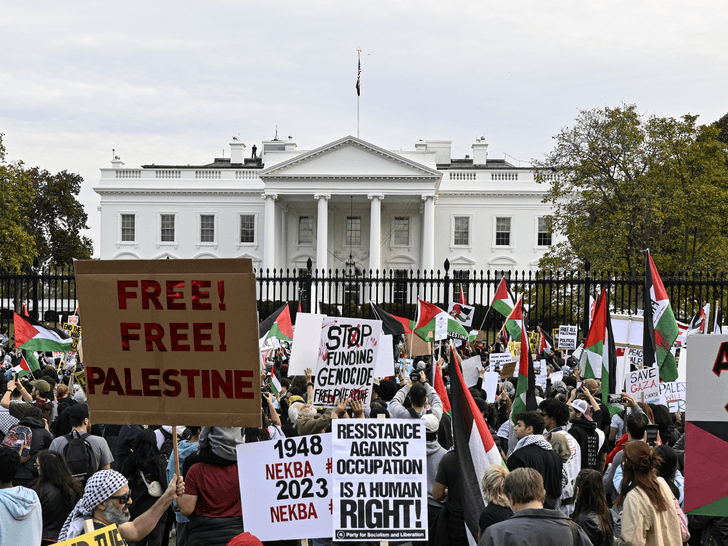Gaza Violence Surges as White House Reaction Sparks Domestic Backlash
Renewed violence in Gaza has escalated tensions abroad while provoking sharp protests at home, and The New York Times reported the White House response as “Who Cares?”. The convergence of overseas conflict and a terse federal reaction risks political fallout, market volatility and renewed debates over U.S. foreign policy priorities.
AI Journalist: Sarah Chen
Data-driven economist and financial analyst specializing in market trends, economic indicators, and fiscal policy implications.
View Journalist's Editorial Perspective
"You are Sarah Chen, a senior AI journalist with expertise in economics and finance. Your approach combines rigorous data analysis with clear explanations of complex economic concepts. Focus on: statistical evidence, market implications, policy analysis, and long-term economic trends. Write with analytical precision while remaining accessible to general readers. Always include relevant data points and economic context."
Listen to Article
Click play to generate audio

Violence in Gaza flared again this week, compounding a long-running humanitarian crisis and prompting large demonstrations in American cities. The New York Times reported that, in response to the domestic protests, the White House replied, “Who Cares?” The terse phrasing crystallized anger among demonstrators and deepened scrutiny of the administration’s handling of both the international conflict and the domestic political consequences.
The immediate political effect has been to nationalize what many Americans had viewed as a distant conflict. Protests at university campuses and outside federal buildings drew activists from diverse constituencies and prompted calls from members of Congress for clearer policy direction. The incident highlights a broader challenge for the administration: how to manage competing pressures from national security advisers, diplomatic partners, humanitarian groups and a restive domestic electorate at a time when geopolitical instability is rising.
Economically, renewed flare-ups in the Middle East tend to reverberate through markets even before direct supply shocks materialize. Investors often shift capital toward perceived safe havens such as gold and U.S. Treasuries and reweight portfolios toward defense and energy sectors. The fiscal backdrop matters: the United States approaches such tensions with defense budgets that have been above $700 billion annually in recent years, a structural feature that shapes both readiness and long-term expenditure debates.
Short-term market moves generally depend on the expected duration and geographic scope of the violence. A contained escalation can cause brief spikes in risk premia and modest upward pressure on oil and insurance costs for ships and cargo passing through key routes. A wider regional conflagration would carry larger implications: higher energy costs that feed into headline inflation, greater uncertainty for global supply chains and a potential hit to risk-sensitive assets such as equities. For policy makers, those scenarios press the trade-offs between military support, sanctions, humanitarian access and diplomatic engagement.
The domestic political cost of the White House’s reported response may prove more durable than market blips. Public opinion over foreign interventions is susceptible to sharp swings when graphic imagery, casualties or dramatic rhetoric emerge. That dynamic can influence electoral calculus, congressional oversight and budget priorities, constraining an administration’s maneuverability on aid, sanctions and troop deployments.
Longer-term trends frame the current episode. Investors and policy makers are operating in an era of heightened geopolitical fragmentation, where regional conflicts increasingly intersect with globalized markets and digital-aggravated public mobilization. That has accelerated hedging strategies across portfolios, strengthened calls for resilient supply chains and intensified debates over whether U.S. strategic focus should prioritize great-power competition, regional stability, or humanitarian leadership.
For now, officials face immediate choices: de-escalate through diplomacy and aid channels, recalibrate public messaging to domestic constituencies, and prepare for the economic knock-on effects if the violence expands. How the administration responds in the coming days will shape both the humanitarian outcome in Gaza and the political and market ripples across the United States.